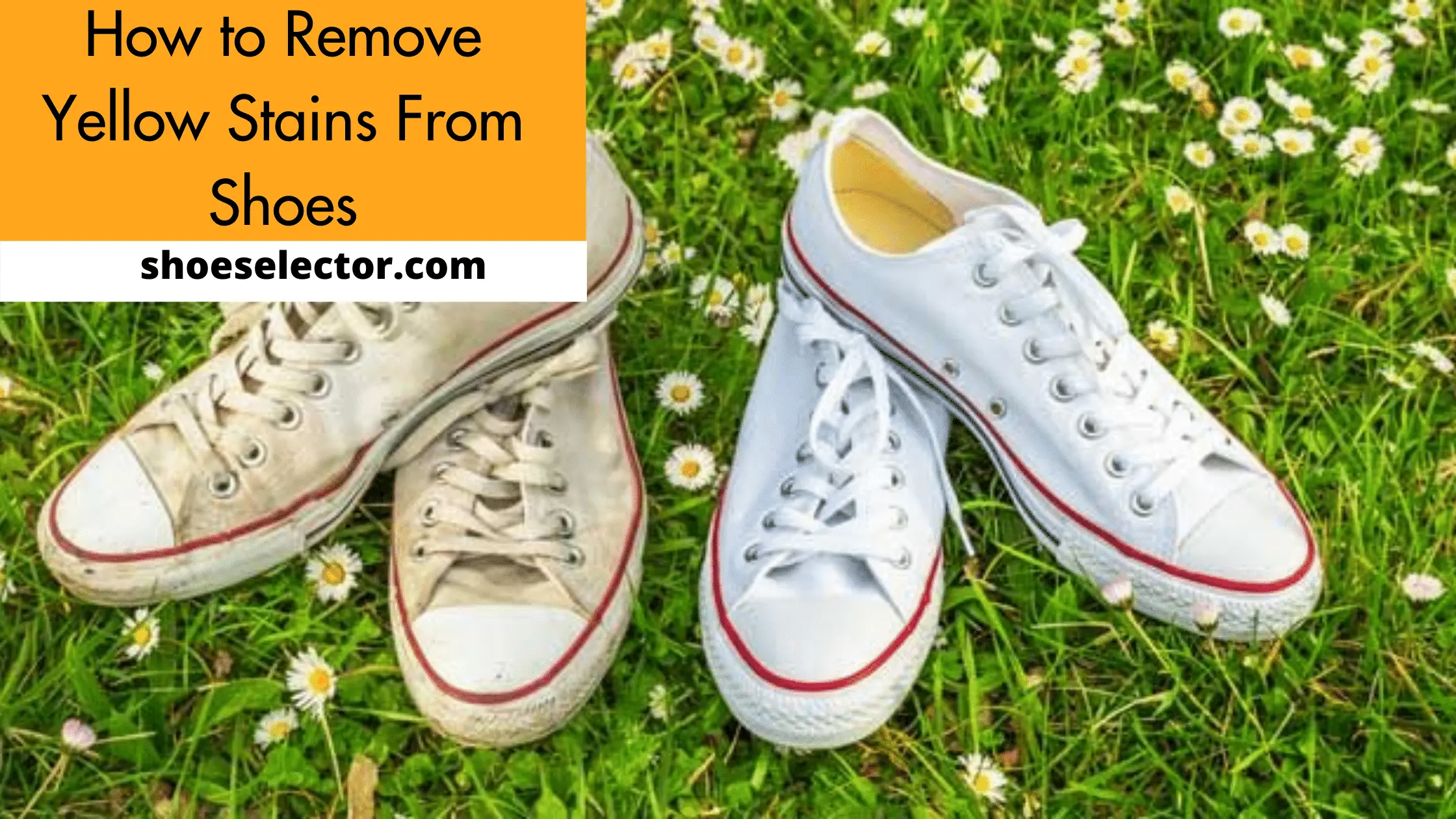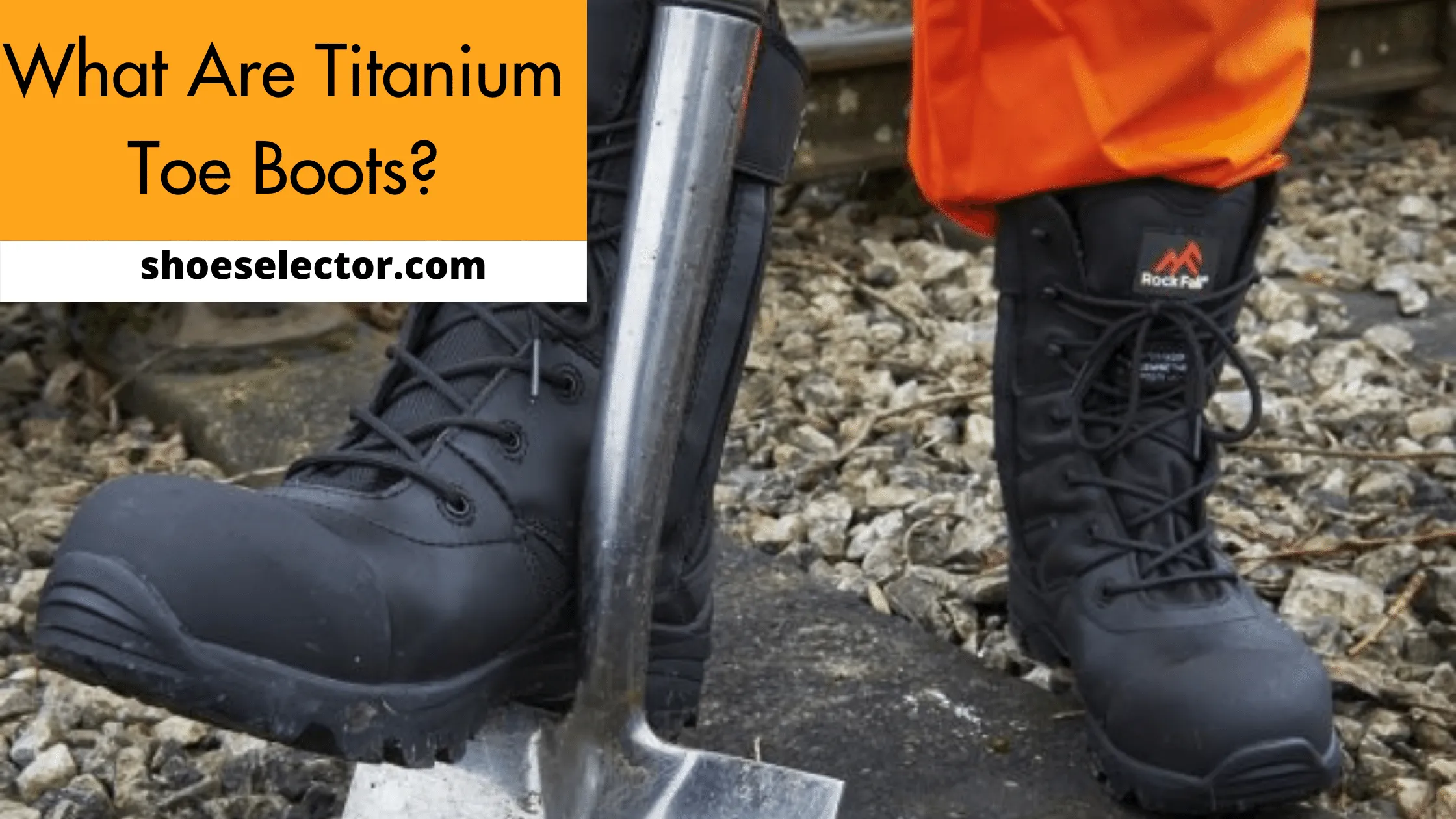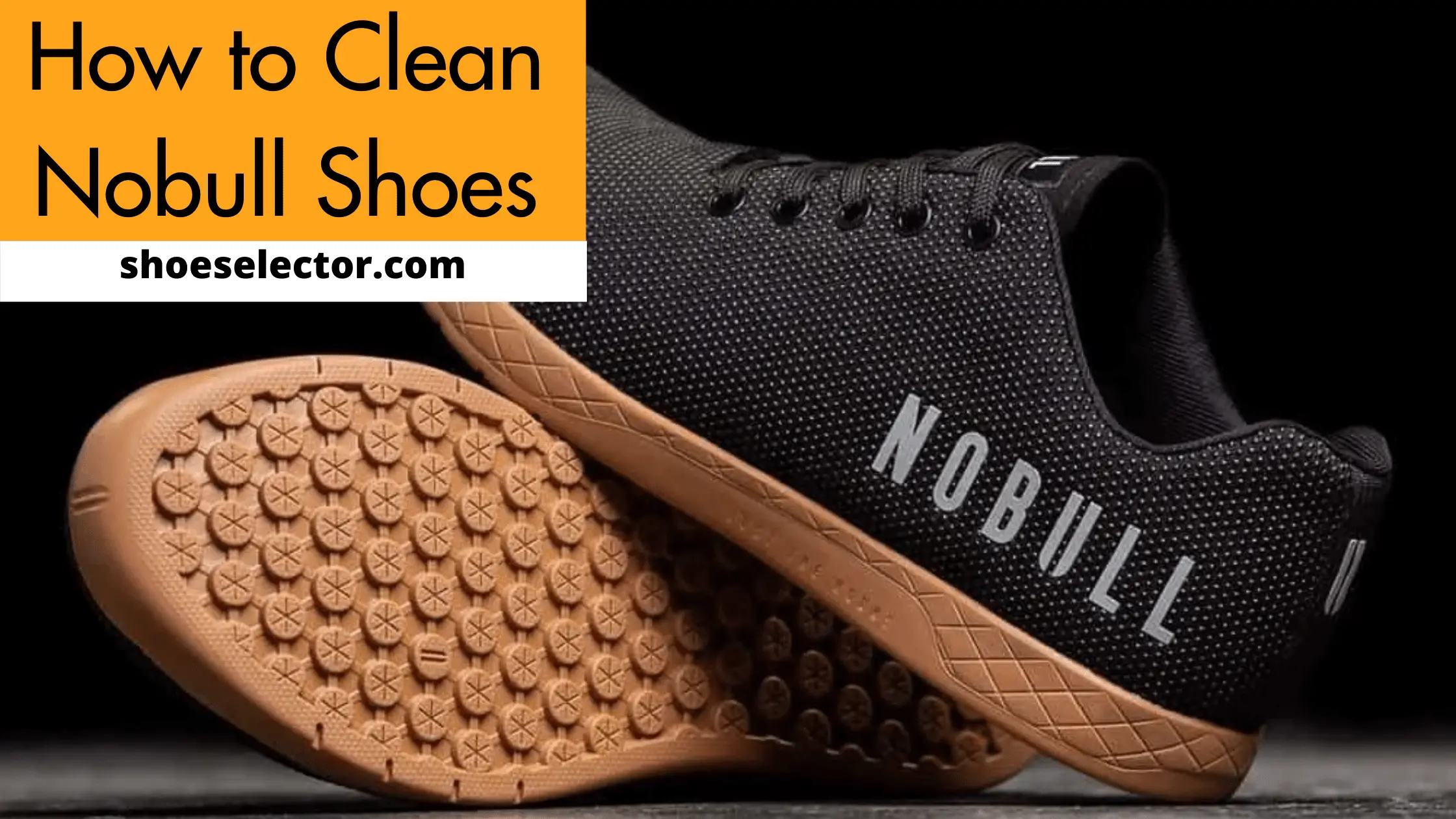Peloton is revolutionizing the way people exercise, and they’re changing the face of health and fitness forever.
Peloton shoes are one of the best investments that you can make in the fitness world. They offer a membership, which allows you to connect to other people interested in fitness.
They also have a whole community of people who are always ready to help you build strength, burn calories, or get a great workout in. The good thing about Peloton is that it is so convenient and easy to use.
But when it comes to assembling Peloton shoes, there are usually a few things that you’ll need to pay attention to when assembling them. However, we’ve already gone through some of the steps below.
So without any further ado, let’s begin the discussion.
Here is a detailed guide on how to assemble peloton shoes from scratch! If you have a lot of time and some basic skills, you can make a great pair of cycling shoes yourself. So let’s begin the discussion.
Step By Step Guide To Assemble Peloton Shoes:
To assemble Peloton shoes, start with the bottom of the shoe. The heel strap goes through two loops on the inner liner. Once the heel strap is in place, secure it with the screw provided. Make sure that the screw has gone through the shoe lining and into the outer sole. If it doesn’t go into the outer sole, the strap won’t stay tight. Then, go over the straps with the provided Velcro, securing them tightly. This can be done by folding over the Velcro onto itself and sticking it down.

STEP 1: Find the Footprint
The first thing you want to do is find the footprint of your shoe. This is the part that will be exposed to the outside. Since your shoe has a leather upper, you will need to use an adhesive like shoe glue to stick the lining of the shoe to the shoe sole.
Once your shoe is glued to the shoe sole, you can remove the inner lining of your shoe and lay it flat. Start by removing the laces and cutting off the toe of your shoe.
Next, take a sharp utility knife and trim the excess material off of the top of the shoe. If you have any holes in the fabric, you can glue this material back in using shoe adhesive. Then you will want to lay the foot part of the shoe on top of the original lining material and trace the outline of the shoe.
STEP 2: Cut out the Lining
Once you have the outline of the shoe, it’s time to cut out the lining. The first step is to put some masking tape on the shoe lining. Then, put your utility knife down along the outline of the shoe. You can now use this knife to cut the lining material out.
STEP 3: Assemble the Lining
Now that you have the shoe lined up correctly, you can begin to put the rest of the parts together. There will be two layers of foam. These foam pieces will cover the entire exterior of your shoe and are what protect your feet from the cold and heat. So, when assembling your shoes, make sure that you’re putting these layers in the proper order.
The bottom layer is first and it covers the foot part of the shoe. To put it on, fold up the foam until it’s about three inches long. Then, use a pair of scissors to cut a triangle shape out of the bottom edge. This is where you will put the Velcro that secures the heel strap. The bottom edge of the foam should be about halfway down the shoe, so it’s easy to see when you get to the Velcro.
Next, fold the foam up to the inside of the shoe. It should extend halfway down the shoe. Then, you will fold another piece of foam, this time extending to the front of the shoe. The foam should also be folded down to the inner liner so it can sit properly.
Once you have that foam in place, you will need to use needle-nose pliers to tighten the bottom edge of the foam. This should hold the heel strap in place and allow the whole shoe to fit properly.
STEP 4: Add the Inner Liner
The next step is to add the lining material to the inside of the shoe. The inner liner will need to be secured to the shoe lining, so you will need to stick them together using shoe glue. This glue should be applied to both of the materials and allowed to dry for 30 minutes. After it dries, trim the excess liner material that is extending out of the shoe. If the shoe is already assembled, the outermost layer of the shoe lining should already be trimmed, so there shouldn’t be any excess material.
STEP 5: Put the Shoes on
It’s time to put the shoes on. Use the shoelace to secure the top of the shoe, then tuck the inner liner material into the shoe and around the heel strap. You should now be able to close the top of the shoe. Make sure that the Velcro on the heel strap is facing outward.
If you put the shoes on backward, the Velcro will not face the right way.
To help with this, you can always cut the Velcro strips off and flip them over.
STEP 6: Secure the Laces
After you’ve put the shoes on, you will want to secure the laces. Take a shoelace and thread it through the eyelet that is on the toe of the shoe. Next, tie a knot near the end of the lace. Make sure that the knot is on the bottom side of the shoe.
You can also use the same shoelace to tie up the sides of the shoe. You should be able to get both the top and bottom of the shoe tied up with this method.
STEP 7: Tie-Down the Heel
This is probably the most difficult step in making Peloton shoes. When you are tying the shoe, you will want to use one length of lace for the toe and one length of lace for the heel. You can use the topmost eyelet on the heel as a guide for your tying.
To keep the laces from getting tangled, you can cut them off and start from the bottom. It’s important to secure the eyelets on the sides of the shoe, so the shoes won’t fall off.
STEP 8: Add the Sole
Now that you have your shoes all put together, you can begin to add the sole. The foam padding should extend down to the bottom of the shoe. This should be about two inches of foam.
To attach the foam to the shoe sole, use a utility knife to cut out a small square of the bottom of the foam. Then, lay the foam square on top of the shoe sole and attach it.
Wrapping It All Up!!!
Peloton shoes offer comfort and style all at the same time. They are made of breathable mesh and flexible synthetic leather for a comfy and cool feel. These are the best shoes for running or cycling in cold climates, especially in the fall and winter. In short, they are the best cycling shoes. So make sure to read the above-mentioned guide to assemble them easily.






